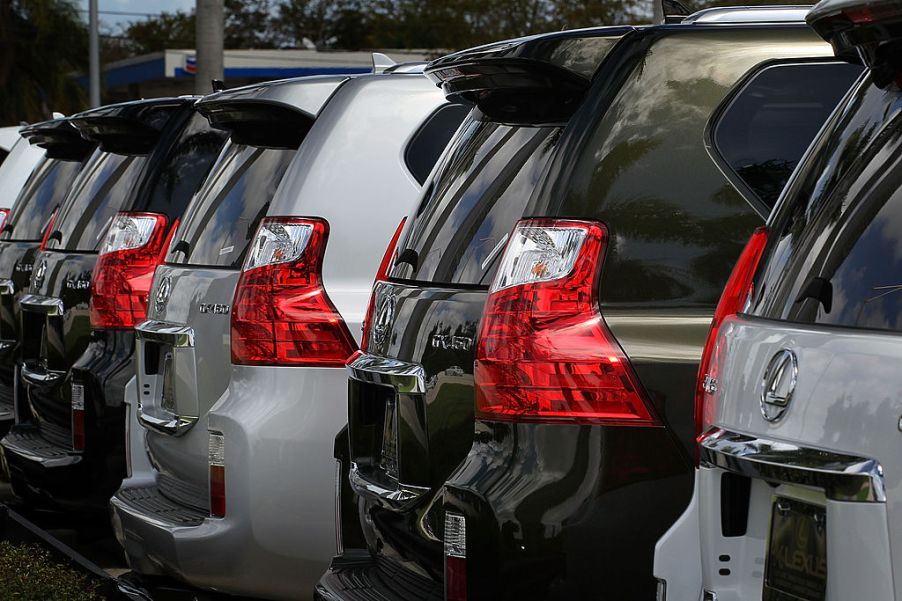
Why Do Dealerships Love When You Return Your Car Lease?
When it comes to leasing a car, you have some options once the lease term is up. You can buy the car outright, sell it yourself, trade it in for a new model, or simply return it and walk away. And while that last option seems akin to returning a DVD to a Redbox, it’s a little more complicated than that. However, dealers like when you return your leased car, and here is why.
Returning a lease is a multi-step process
Let’s say you leased a Subaru Forester and your lease term is up, what typically happens next is a third-party company will come and do an inspection on your Forester in order to look for any damages, scratches, or worn out parts. They will then notify you of the damages they found, but will not show you the actual amount of the repair cost, that will be factored in after you return the car. If you have any excessive wear and tear, or major damage, they will be taken into account. So we advise that you get any needed major repair work done beforehand as could actually save you money in the end.
Since we’re using Subaru as an example, one nice part of their process is that leased cars get a $1,000 wear-and-use waiver, meaning any repairs or reconditioning costs up to $1,000 will be waived. Other manufacturers have a benefit like this as well, so be sure to check on that beforehand. After you return the vehicle, any excess mileage costs, taxes, and the disposition fee – which is typically $300 to $400 – will be billed to you, along with the excess damage and repair fees.

What happens after you return the lease?
The good news is that after you turn in your leased car and paid the fees, you’re good to go. But here is why the dealerships love your returned lease, especially if it’s in good condition. After you drop the car off and it’s appraised, the dealer will either evaluate whether or not they can sell it on their lot themselves and make money off of it, or if they would be better off sending it to auction. If the car has a lot of miles on it, or if they have a lot of that same car already on their lot – a bunch of Subaru Foresters, for example – then they’ll send it to the auction.
If the car is in amazing shape and has low miles, then that’s the best thing for the dealer because it won’t cost much for them to recondition it, and then they can sell it for a profit on their own lot.

What happens if you trade in your leased car for another lease?
On the other end of the spectrum, if you were to trade your leased vehicle in, instead of just turning it into the dealer, then the dealer can waive the disposition fee, but tack on the other taxes, fees, and repairs onto the new lease that you’re trading in for. They will also appraise the car and factor in the appraisal amount against the car’s current payoff amount. If this is the case, one piece of advice is to negotiate the repair costs and minimize that amount, that way, you will owe less on your new lease.
You can also shop your lease around to other dealers, such as Carmax, and see what they will give you for the car as they might actually give you more than a traditional dealership. Leasing is actually pretty straightforward if you understand how it works, just remember to always ask your dealer any questions pertaining to returning or trading in your current lease and to make sure to always read the final costs and the fine print.



